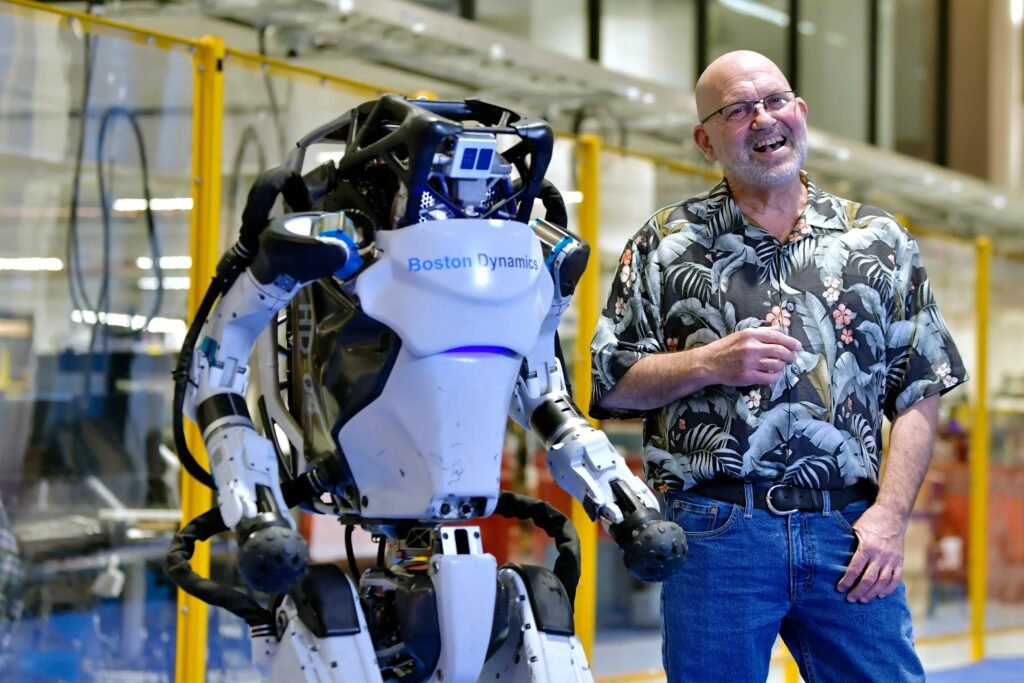Have you ever wished your robot could loosen up and show some personality? Or maybe you want your robot to learn how to social dance so it can mingle with humans instead of staying isolated in a corner? Well, if you’re looking for some tips on how to teach your robot to dance, then you’ve come to the right place! In this blog, we’ll be discussing the ins and outs of teaching robots to dance, along with some useful tips and tricks to get you started.
As a teacher and researcher in the field of machine learning, artificial intelligence, and robotics, Aaron Saunders has worked with various roboticists and computer scientists in the field to figure out ways to make autonomous robots smarter and more social. Aaron has also spoken at conferences and workshops about teaching robots, and has designed and taught many robots to dance. Let’s get started with our Q&A with Aaron! Apply now for quick money , if you are in need of urgent cash.
What is a robot’s brain?
A robot’s brain is the hardware and software that controls its behavior.
How do you teach a robot to dance?

You need to first teach the robot about social dancing. This means you need to teach it the basic moves and how to read human body language. You can do this by showing the robot videos of people dancing, or by teaching it an algorithm for detecting human gestures.
Once you’ve taught the robot about social dancing, then you need to teach it about robotic dance moves. This is where most people get stuck, as there are not many robotic dance moves that exist yet. There are a few simple movements that work well with robots, such as waving your arms in front of you and kicking one leg out in front of the other. If you want to get creative, then try combining these steps with others that are used in human dances; if you have a robot dog, then try teaching it a tango or waltz! Now that we’ve covered some basics on teaching robots to dance, let’s get into some more questions:
What are the key components of a robotic learning program?
You can start by figuring out what you want your robot to do. You’ll need to be clear about your goal, because it will help you decide which components you need and what order they should appear in.
For example, if your goal is for the robot to dance with a human, then you’ll need to teach the robot how to find humans and interact with them. First, you could teach it how to identify people as humans in images by showing it lots of different human images. Then, once the robot recognizes humans in images, then it could learn how to approach them and ask for a dance using an interface that understands speech. Once this is done, the robot would only have one step left: actually dancing with the person!
Robot learning components
Q: What are the components of robot learning?
A: The components of robot learning include perception, behavior, and cognition. Perception is where a robot learns about the world through input sensors, such as cameras or microphones. Behavior is where a robot learns to perform tasks such as getting up after falling over or moving around an environment. Cognition is where a robot learns about its own actions and those of others.
How to get started with teaching your robot to dance
The first thing you need to figure out is what kind of dance moves you want your robot to know. This will help you determine what types of sensors and actuators you need for your robot, as well as which algorithms are useful.
There are a number of different dance styles that can be taught to robots, but the two main categories are social and athletic dances. Social dances include swing, waltz, cha-cha, tango, and foxtrot. Athletic dances include disco, hip-hop, b-boying/b-girling, breakdancing, popping/locking, krumping/krumbling (a style developed in Los Angeles), and jookin’ (a style originating from the San Francisco Bay Area).
Next up is figuring out how complex the dance move is. If it’s a simple step like the cha-cha or a basic move like the whip and nae nae, then building a robot for that should be fairly straightforward. But if it’s something more complicated like b-boying or krumping, then there may be additional challenges in teaching the robot those moves.
Another important consideration when teaching robots to dance is what type of materials you have access to for building your robot. For example, if you have Lego Mindstorms NXT kits available to use but not much else in terms of construction materials (e.g., motors), then you would need to think about where you could get motors
Conclusion
If you are interested in teaching robots to dance you’ve come to the right place. We’ve compiled a list of the top resources and tools that you’ll need to teach your robot to dance in no time.

